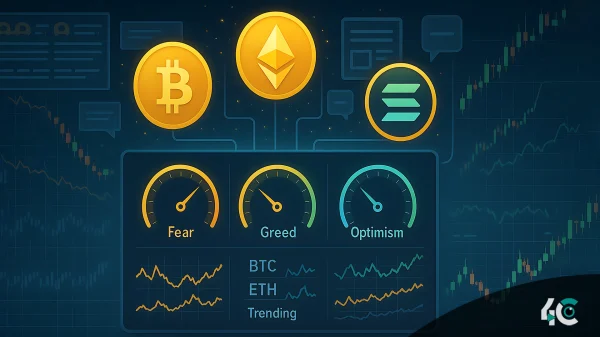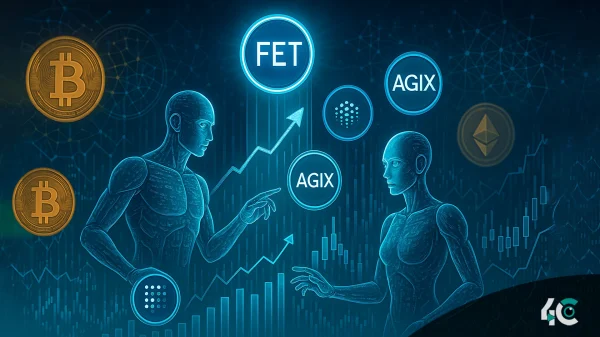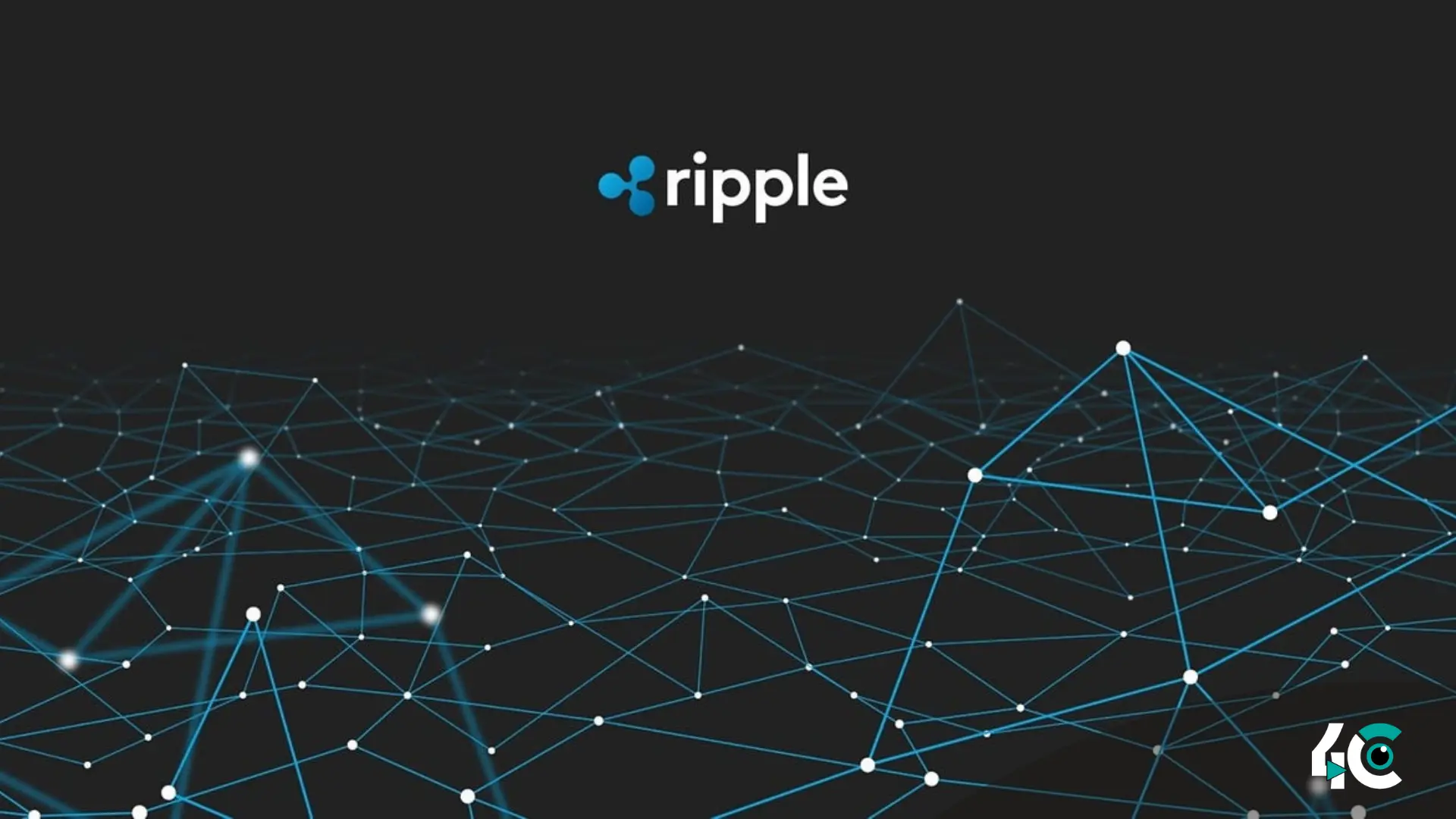The company behind the coin XRP, Ripple, is making the XRP Ledger (XRPL) better by adding smart contracts that work with Ethereum. The goal of this change is to make the platform more flexible and appealing to more coders, making XRPL a more competitive and useful blockchain.
At first, this sidechain integration will make the XRPL environment compatible with the Ethereum Virtual Machine (EVM). Developers will be able to use Solidity, the same computer language used on Ethereum, to run smart contracts on this sidechain. If developers are already used to this setting, Ripple thinks it will be easier for them to use XRPL to build decentralized apps (DApps) and other blockchain-based solutions.
2/ Ripple and the broader XRP community are committed to bringing new programmability, including smart contracts, to the XRPL dev ecosystem in 2025 – through the XRPL EVM sidechain (already in the works) as well as exploring native capabilities on XRPL Mainnet.…
— Ripple (@Ripple) September 3, 2024
Aside from the sidechain, Ripple also wants to add smart contracts straight to the XRPL mainnet in the future. Ripple is sure that the expanded programmability of XRPL will continue to gain speed, and by 2025, a lot of work should have been made. However, this phase is still in the study stage.
Ripple has made it clear that it wants to work with creators of decentralized finance (DeFi), and it is actively seeking feedback from the community to improve the smart contracts’ design and usefulness. Ripple wants to open up new ways to innovate in many areas, such as banking and supply chain management, by making XRPL compatible with EVM.
This move is part of Ripple’s larger plan to make XRPL more appealing to businesses and developers by giving them a strong and adaptable base for creating the next generation of blockchain apps. As smart contracts become an important part of XRPL, the platform is likely to attract developers from around the world, which will increase its impact and usefulness in the blockchain space even more.
































